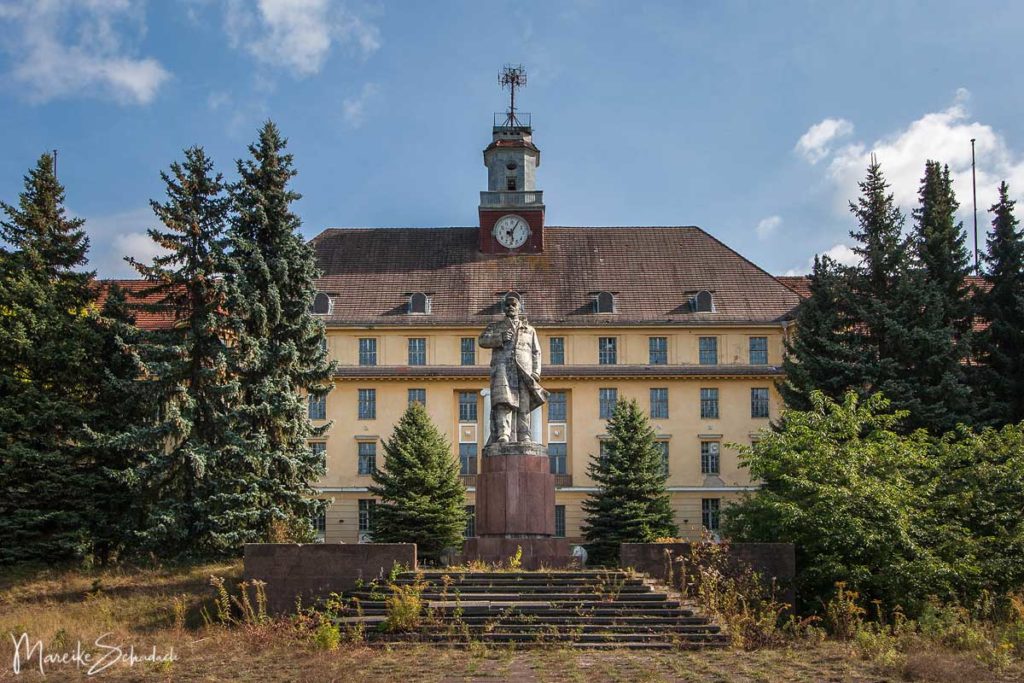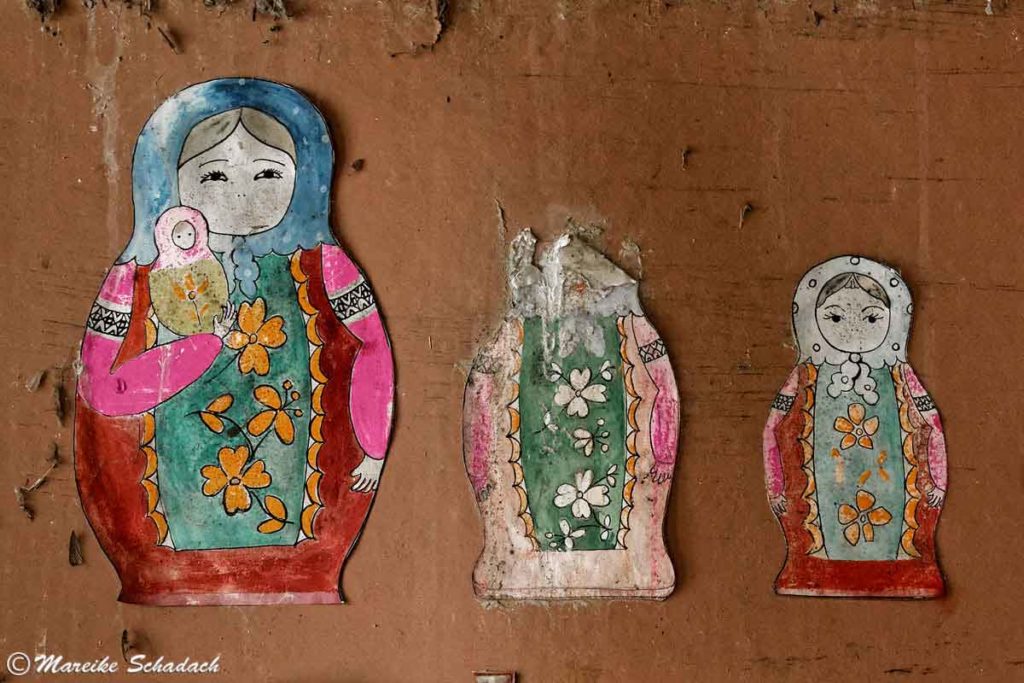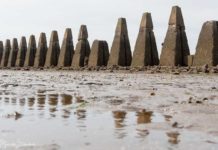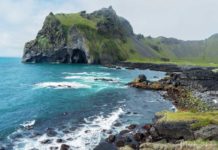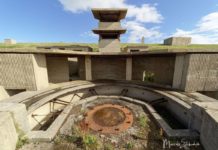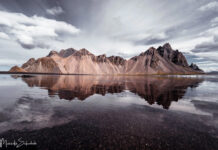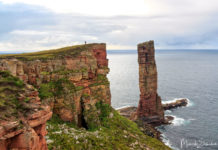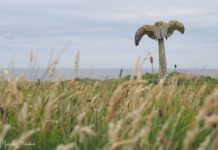Anyone who travels to Elba often comes here to dive. The island's rock formations provide a lot of variety and the marine reserve promises biodiversity. A sunken ship and an airplane wreck make the diver's heart beat faster. But you don't have to search for wrecks under water on Elba. You can also find them on land: old excavators and wheel loaders, rusty conveyors and abandoned buildings of the disused mines of Elba. You can visit many of them. Both opencast and underground mines. Some on your own and others with guided tours. That is great excitement. In this article you will read everything you need to know to visit the mines of Capoliveri on Elba.

Elba is home to the largest magnetite deposit in Europe. The Etruscans and Greeks had already discovered the rich mineral deposits and started mining. The mines on Elba therefore belong to the first mining sites worldwide. For centuries, ores and minerals were mined here.
But at the beginning of the 80s mining was stopped. The opencast mines, mines and shipyards finally became open-air museums. They are located in the east of the island near Capoliveri on Monte Calamita and in the northeast between Rio Marina and Cavo. Here you can see numerous artefacts and conveyor systems from the mining era.
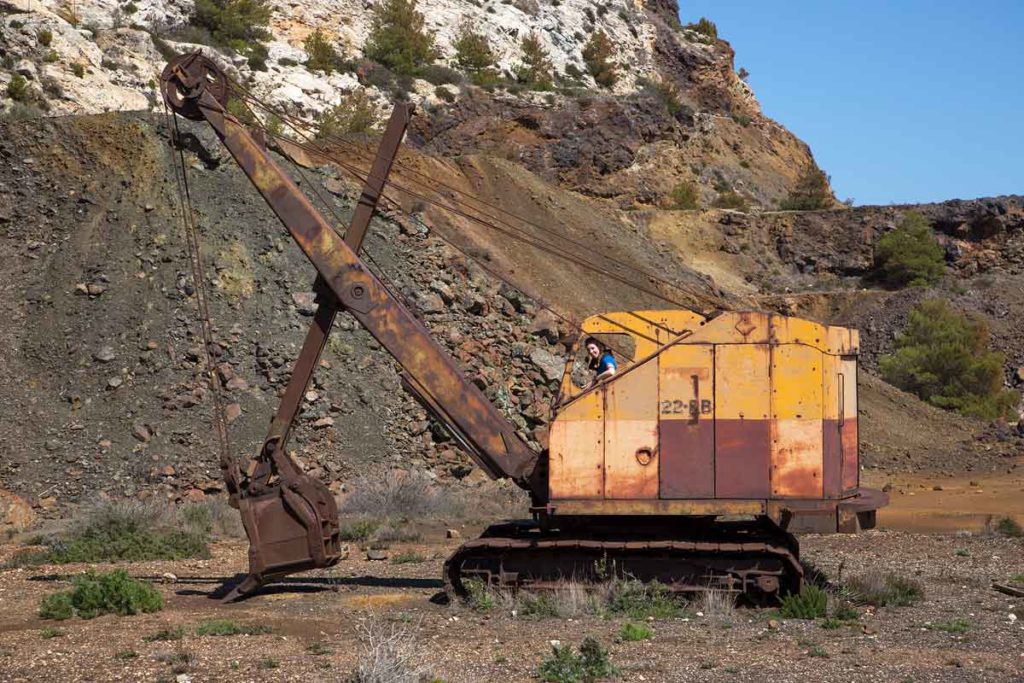
What was mined in the Mines of Elba?
Magnetite was mined in the mines of Capoliveri. It's an iron mineral with strong magnetic properties. The mineral also gave Monte Calamita its name, because Calamita means magnet. In the Rio Marina mine, however, mainly hematite crystals and pyrite were extracted.
In the mines of Elba, however, other minerals were also found. For example hematite, epidote, quartz, tormalin, azurite, malachite, chrysocolla, aragonite, gypsum, garnet, epidote and ilvaite. Maybe you will be lucky on your walk and find a nice stone yourself.
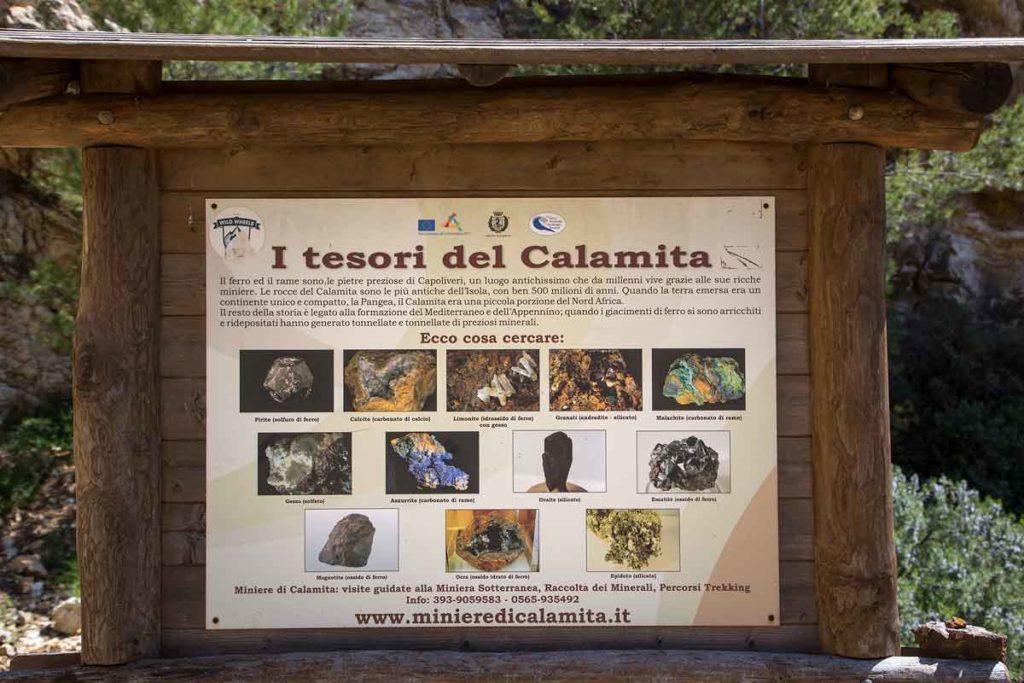
The Mine of Vallone
To the west of Monte Calamita near Capoliveri is the Vallone mine. Here you can discover an exciting open-cast mine with numerous relics from the mining era on your own: steep mining terraces lead down to the sea. You can see decaying buildings, rusty conveyor belts, the remains of the landing stage and excavators and wheel loaders from times long past. Since 1981, the mine has been standing still and is slowly being overgrown by Mediterranean bushes.
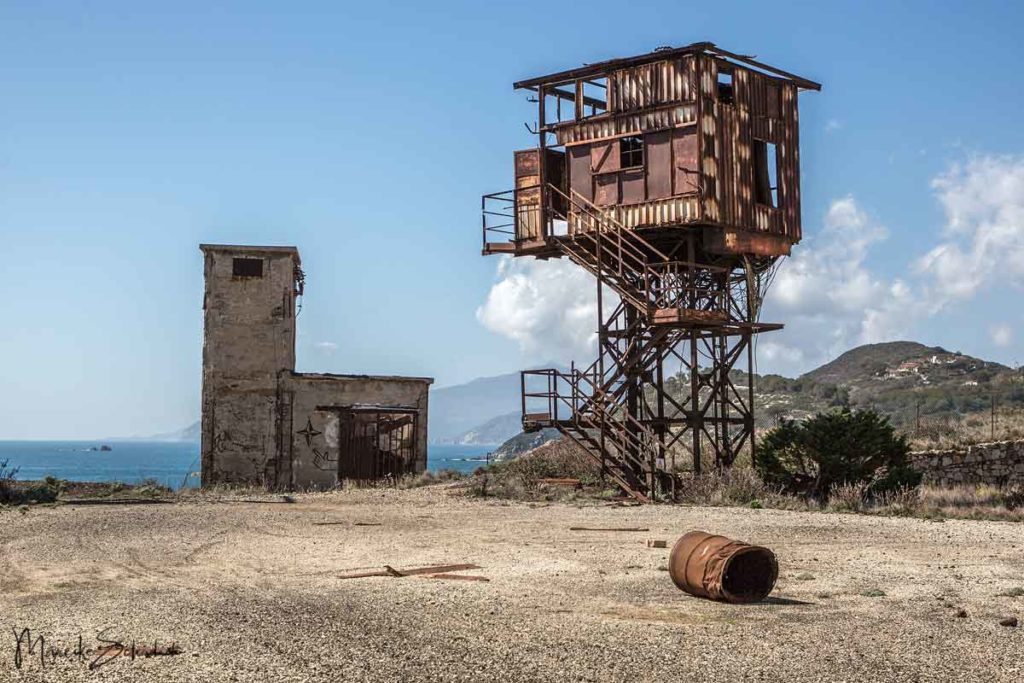
The mining of magnetite here began in the 19th century and has been continued ever since. The extracted rock was transported to the mine factory via conveyor belts. Here it was processed in washers. Electromagnets then separated the valuable magnetic material from the remaining rock. The magnetite was then transported by truck or ship to the steelworks on the mainland.
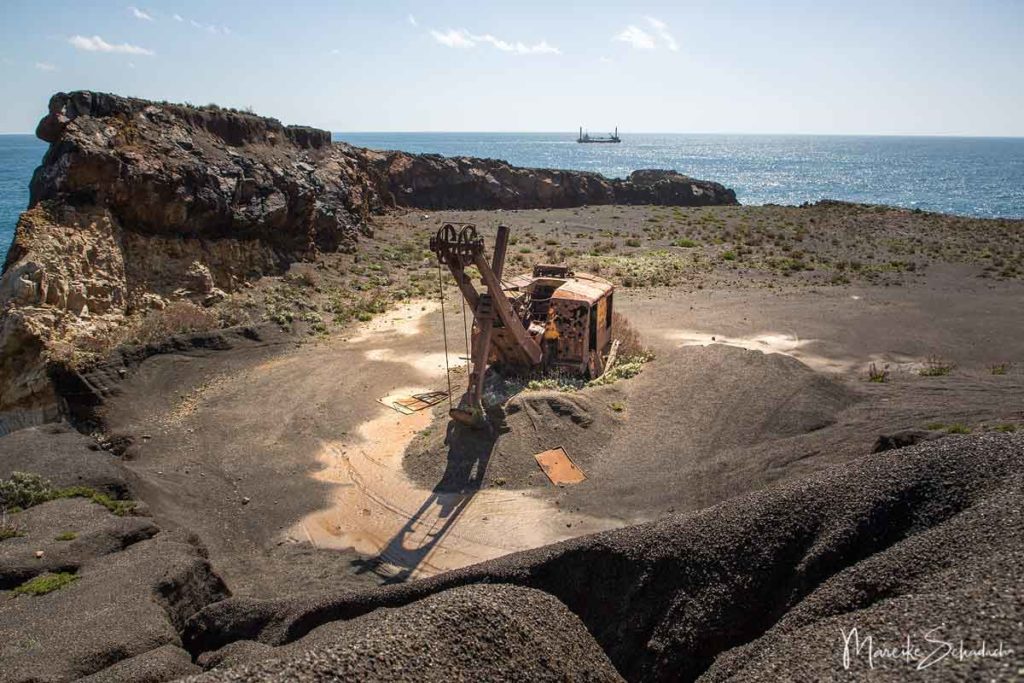
Above the Vallone mine, in the former mechanical workshop, is the Museum della Vecchia Officina. It displays original objects from the mining industry and provides information about the history of mining on Elba. The museum is also the starting point for guided tours. You can also park your car here if you want to explore the Vallone open-cast mine on your own.
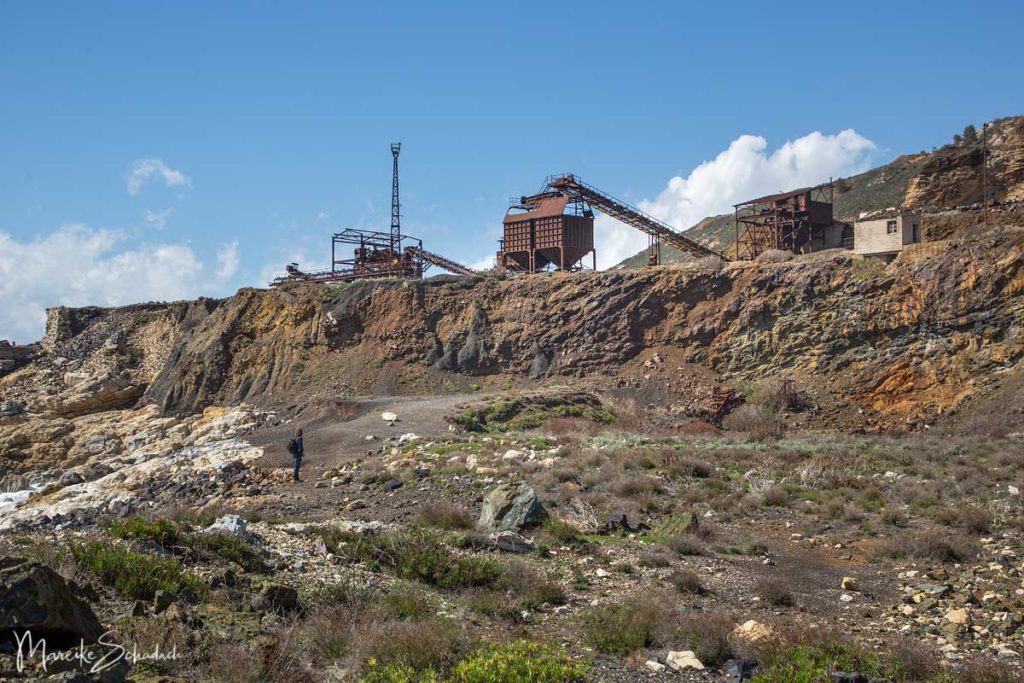

Elba's only underground Mining Site - the Ginervo Mine
East of the Vallone mine is the Ginervo mine. Mining here began in the 1930s as open-cast mining. From the 1960s onwards, underground mining was finally started. For this purpose, a 7-kilometre-long tunnel was first dug into the mountain. From 1970 onwards, intensive exploitation of the deposit began. In the last year of operation, 1981, up to 100 tonnes of ore per hour could be extracted from the mine. The mining sites eventually reached down to a depth of 54 metres below sea level. The Ginevro mine has been open to visitors since 2011 and can be visited with a guided tour . The starting point for the tours is the Museum della Vecchia Officina.
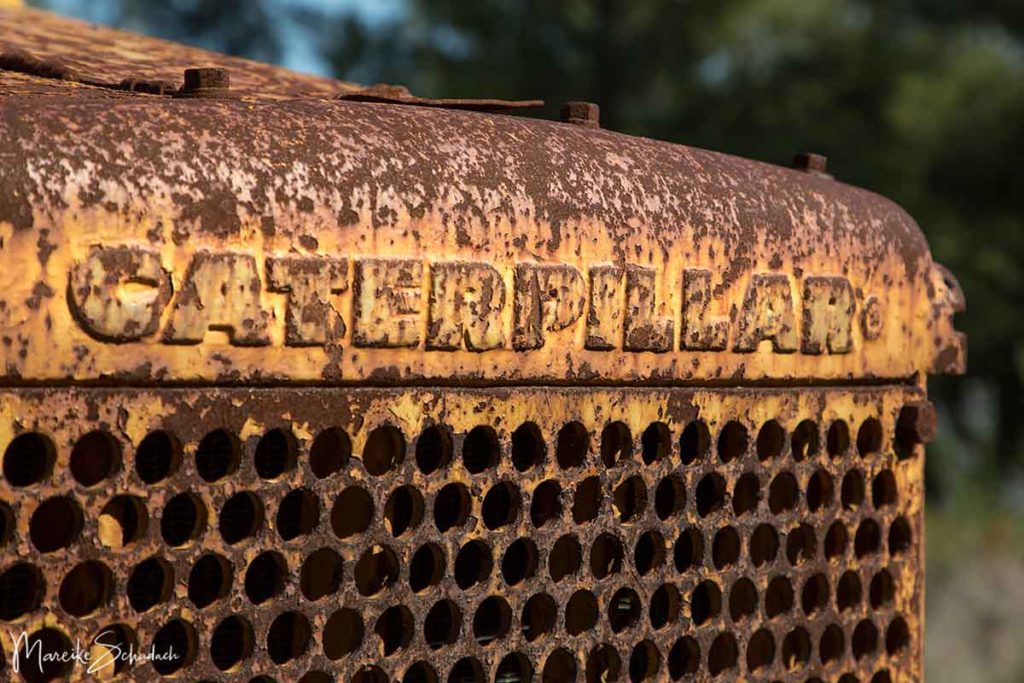
How to reach the museum: : from the roundabout Piazza del Cavatore in Capoliveri follow the sign "Miniere Calamita". Now you drive about 6 kilometres on a panoramic road with spectacular views.
Opening hours: : Depending on the season very different. The best way to find out is to visit the official website..
Entrance to the museum: 2,50 Euro adults / 1,50 Euro children.
Underground visits:There are two different routes. Costs 18 - 24 euros for adults and 12 - 16 euros for children.
The Mine of Rio Marina
Further mines and several wharfs are located in the north-east of Elba between Rio Marina and Cavo. Rio Marina is the oldest mine on Elba. The Etruscans In 1977, however, the last wharf was closed. The Mineral Museum in Rio Marina offers guided tours to the former mining area. If you want to have it more comfortable, you can also take the mining train through the mineral park. The so-called “Rote See”is also worth seeing here. The lake gets its intense red colour from the iron oxides, which are found here in high concentrations.
How to reach the museum: Via Magenta 26, 57038 Rio Marina. From Portoferraio take the SP26 and SP32 for about half an hour to Rio Marina.
Opening hours: April, May, June, September, October: 9:30-12:30 am / 3:30-6:30 pm. July and August: 9:30-12:30 am / 3:30-7:00 pm.
Entrance to the museum: 2,50 Euro
Ticket mine train: 12 Euro adults / 7,50 Euro children
Tours: Three different tours are offered. Costs between 5 and 10 Euro
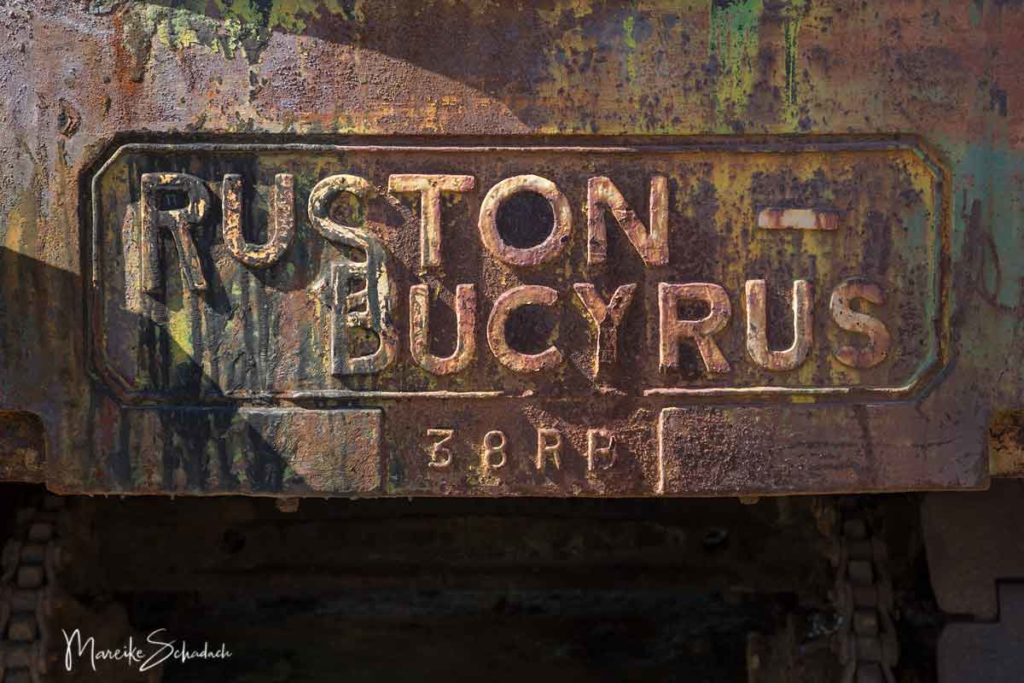
Did you like my article about the abandoned mines on the island of Elba? Then follow me on Facebook, Pinterest or Instagram. I would also be very happy if you share my article with your friends. Do you have any questions or suggestions? If so, please write me a comment!
Recommendations for further Reading
Do you love abandoned places as much as I do? Then take a look at my two articles below:

